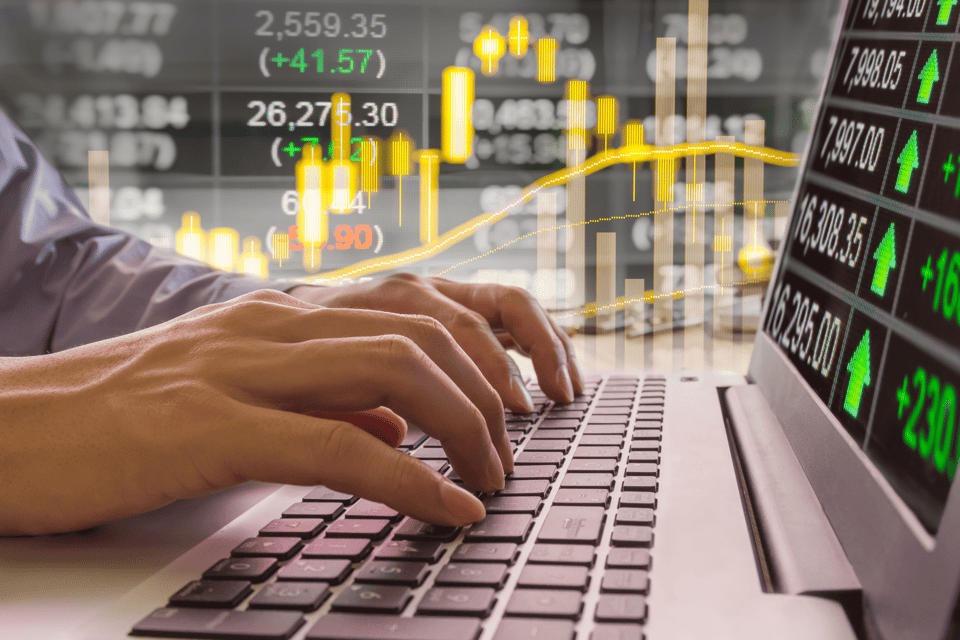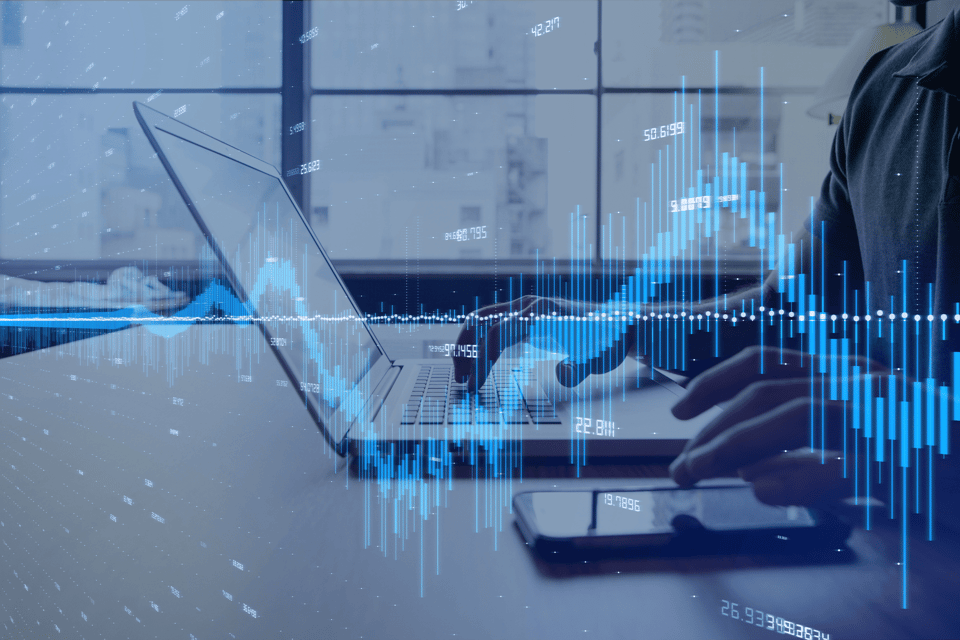At its core, trading is the act of placing capital at risk to realize a financial reward. So it stands to reason that the more money you have, the greater your chance of generating solid returns. Right?
Not exactly. In many areas of finance, the larger your wallet, the greater your earning potential because you generally earn (or lose) a percentage on the amount invested. But this isn’t the case in the futures markets―margin trading provides participants the opportunity to turn a little money into a lot.
What Is Margin Trading?
Margin trading is the use of brokerage funds for the buying and selling of securities. It is prevalent throughout finance, especially in the stock, futures, and forex markets. For active traders, margin serves as the backbone of everyday business.
If you have a mortgage, then you’re probably familiar with the concept underlying margin trading. To secure the mortgage, you had to hand over an up-front commitment of some sort, more than likely a down payment. Although much smaller than the home or asset’s notional value, it served as a good-faith deposit to the lender, who then processed the transaction.
Margin trading works in a similar fashion. To execute a trade, the trader deposits a fraction of the security’s value with a broker. In return, the broker provides the financing necessary to actually facilitate the trade.
Futures Margins
The question still remains: What is margin trading in futures? It’s the buying and selling of contracts using broker-extended credit. A small portion of each contract’s value―3-12 percent―is deposited by the trader and used to open a new long or short position in the market. Because of the modest margin requirements, futures traders are able to leverage their risk capital into formidable returns.
If you’re going to be active in the futures markets, then being able to answer the “what is margin trading” question fully is critical to your success. As a result, it is important to understand the different types of margin requirements. Here’s a quick look at each per Chicago Mercantile Exchange (CME) guidelines:
- Initial margin: The amount of capital required by the exchange to open a new futures position. Brokers have the option to collect additional funds as deemed fit.
- Maintenance margin: The minimum amount of capital that must be maintained at all times in the account.
- Day trade margin: Defined by the broker according to market volatility. These margins are the amount of capital needed to trade one lot of a product on an intrasession basis.
As an example of the three margin types in action, take a look at a typical broker schedule for the E-mini S&P 500 and Micro E-mini S&P 500:
| Contract | Initial Margin | Maintenance | Intraday |
|---|---|---|---|
| E-mini S&P 500 | $7,260 | $6,600 | $500 |
| Micro E-mini S&P 500 | $660 | $660 | $100 |
Margin trading can help you make money in several ways. First, you can use it to enhance your purchasing power and generate extraordinary profits. Second, trading products with reduced initial and intraday margins is useful in limiting risk. This feature is especially valuable when dialing in a specific trade’s exposure or increasing its granularity.
Know Your Futures Margins!
Before jumping into the futures markets with both feet, it is important for you to understand how margin trading works. If you don’t, then the odds of having open positions prematurely liquidated or receiving a margin call increase multifold.



